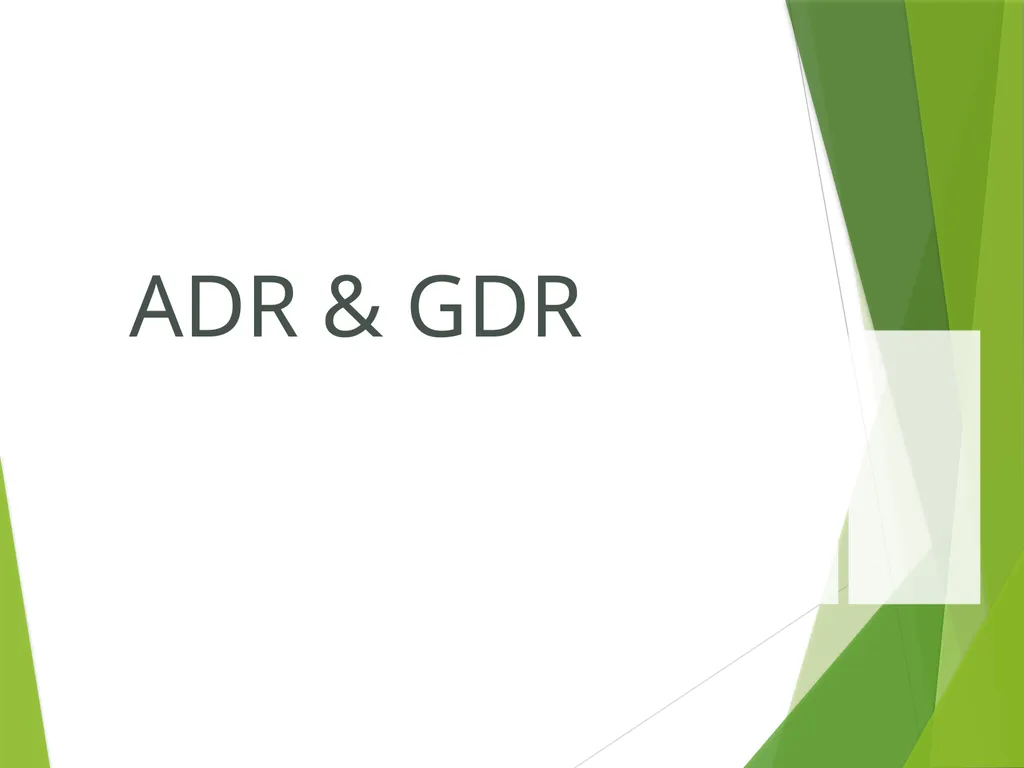
Author : aaron | Published Date : 2025-05-28
Description: ADR GDR Depository receipts Depository receipts are instruments issued by international depositories (ODB), and they represent an interest in the underlying shares held by them in the issuer company (Indian Company). The shares areDownload Presentation The PPT/PDF document "" is the property of its rightful owner. Permission is granted to download and print the materials on this website for personal, non-commercial use only, and to display it on your personal computer provided you do not modify the materials and that you retain all copyright notices contained in the materials. By downloading content from our website, you accept the terms of this agreement.
Here is the link to download the presentation.
"ADR & GDR Depository receipts Depository receipts"The content belongs to its owner. You may download and print it for personal use, without modification, and keep all copyright notices. By downloading, you agree to these terms.













